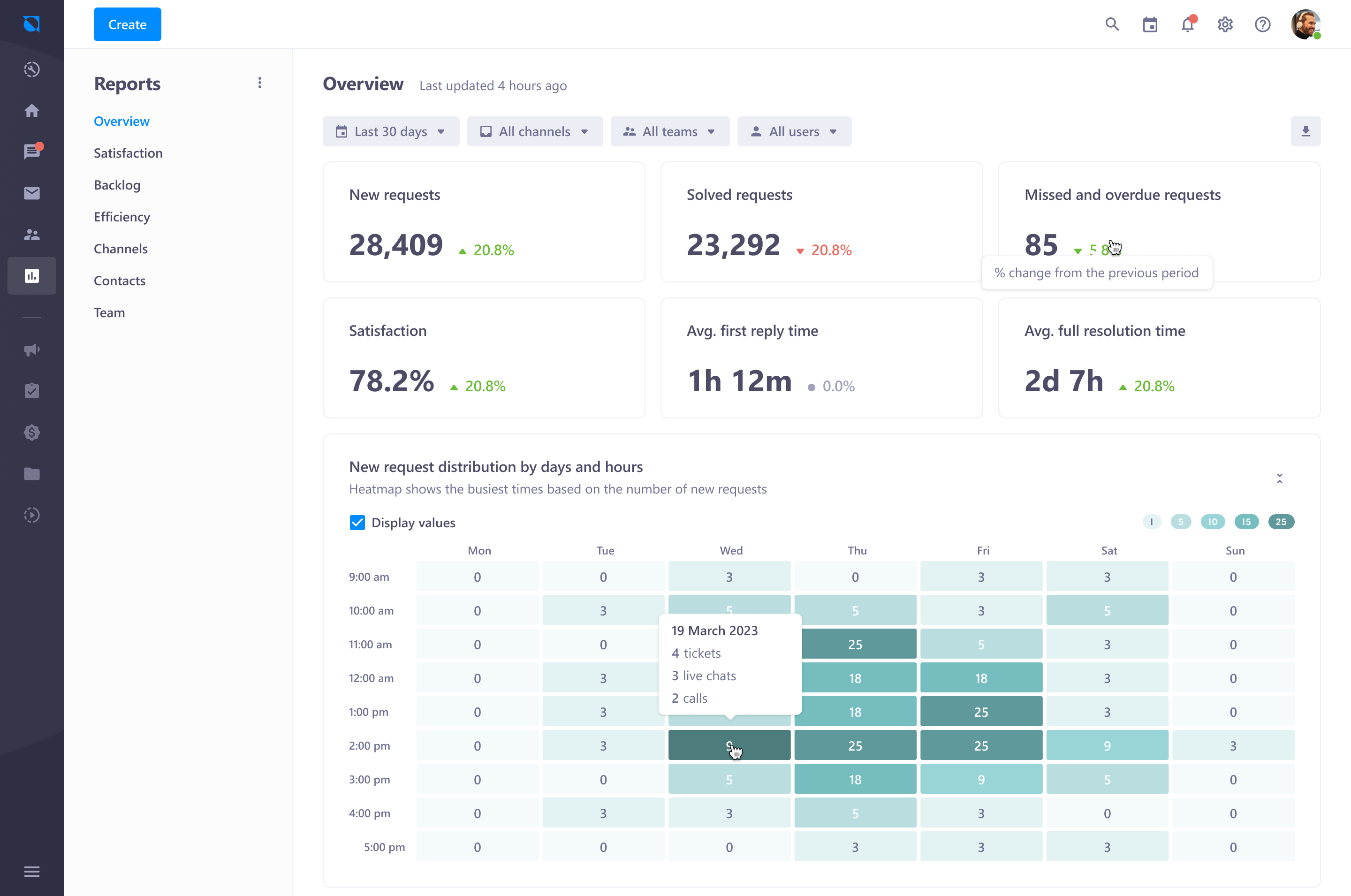The Impact of SLA Response Times on Business Reputation
The Impact of SLA Response Times on Business Reputation
Blog Article
In the current competitive business landscape, customer service brilliance is non-negotiable. One of the key facets that affect customer satisfaction can be your Service Level Agreement (SLA) answer time. SLAs outline the expected time frames within which your team must respond to customer inquiries or issues. Declining to generally meet these expectations can result in discouraged clients and damaged reputations. Thus, ensuring your SLA response time meets or exceeds client objectives is crucial for long-term success.

1. Set Realistic and Distinct SLA Standards
Establishing an SLA reaction time that aligns with both customer expectations and your team's capabilities is the first step. It's crucial to define apparent, measurable benchmarks which are sensible however challenging. Understand your customers' wants, the complexity of your service, and the resources open to your support group before placing these expectations. Aligning your SLA with business standards while considering your unique company context can help ensure you do not overpromise and underdeliver.
2. Power Automation for Quicker Response Situations
Automation may significantly increase answer time and efficiency. Applying ticketing methods, automated email reactions, and chatbots may immediately know customer inquiries, allowing your help group to target on resolving dilemmas more quickly. Automated workflows can label and prioritize seats, ensuring that high-priority dilemmas are resolved first, more lowering result times.
3. Check and Enhance Workflow Efficiency
Monitoring your team's efficiency against SLA criteria is essential for maintaining high levels of customer satisfaction. Regular monitoring of essential metrics like normal reaction time and decision time may reveal inefficiencies in your workflow. Use these insights to improve operations, optimize resource allocation, and offer extra education to aid staff. Ensuring your team has the various tools and information to take care of issues swiftly is essential for keeping within your SLA reaction time.
4. Apply Tiered Support for Various Complexity Degrees
Not totally all client dilemmas are produced equal. By applying a tiered help structure, you can allocate methods more successfully, ensuring that more complicated dilemmas receive the attention they require without impacting reaction situations for easier inquiries. This process helps maintain a harmony between rapid responses and complete problem resolution.
5. Set Customer Objectives with Practical Connection
Clear transmission is critical to handling client expectations. If a problem will take longer to solve due to its complexity, tell the customer promptly. By giving regular improvements, you show that you're positively working on their problem, which could maintain confidence even when response times are somewhat delayed. Placing sensible objectives transparent helps build self-confidence and decreases frustration.

Conclusion
Meeting your SLA response time is a must for customer care and retention. By setting reasonable standards, leveraging automation, optimizing workflows, utilizing tiered support, and maintaining hands-on interaction, businesses can guarantee they continually match or exceed customer expectations. The result is tougher client relationships, improved company distribution, and a competitive edge in the market. Report this page